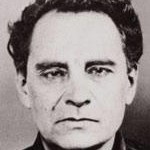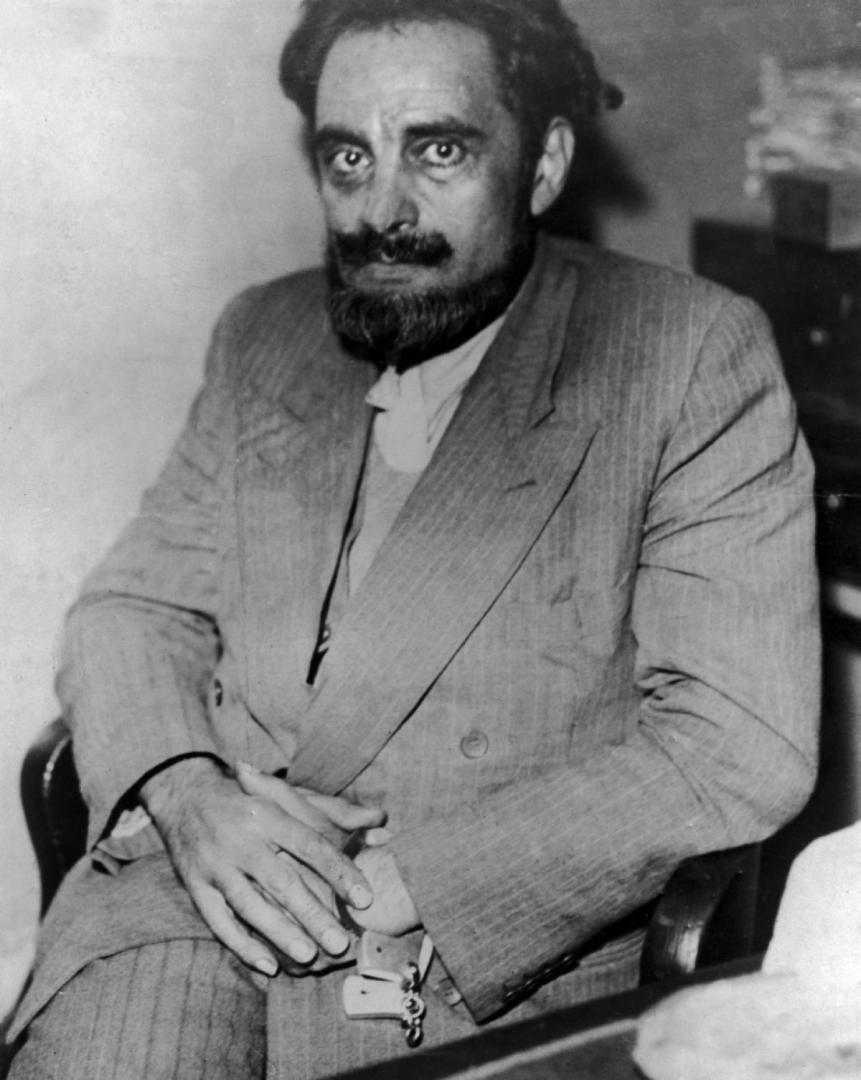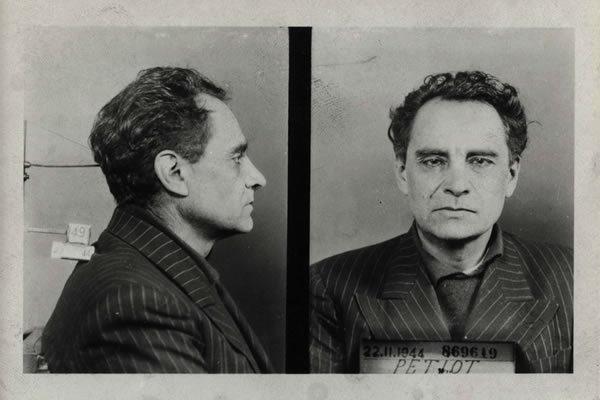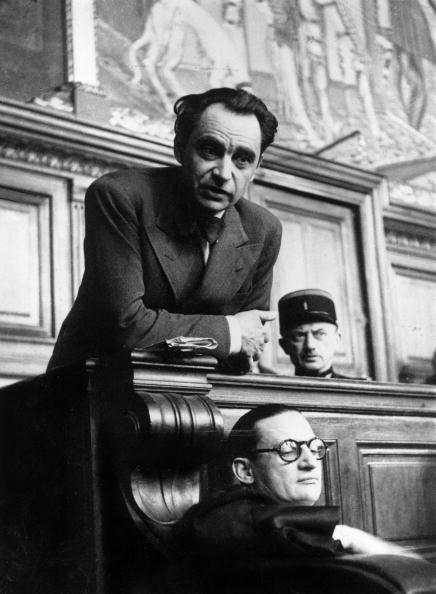
1897 - 1946
Marcel André Henri Félix Petiot
Summary
Name:
Marcel André Henri Félix PetiotNickname:
Captain Valery / Docteur Satan / Dr. EugèneYears Active:
1942 - 1944Birth:
January 17, 1897Status:
ExecutedClass:
Serial KillerVictims:
27+Method:
PoisoningDeath:
May 25, 1946Nationality:
France
1897 - 1946
Marcel André Henri Félix Petiot
Summary: Serial Killer
Name:
Marcel André Henri Félix PetiotNickname:
Captain Valery / Docteur Satan / Dr. EugèneStatus:
ExecutedVictims:
27+Method:
PoisoningNationality:
FranceBirth:
January 17, 1897Death:
May 25, 1946Years Active:
1942 - 1944bio
Marcel André Henri Félix Petiot was born on January 17, 1897, in Auxerre, Yonne, in north-central France. He grew up in a family with a father named Félix Petiot and a mother named Marthe Bourdon. As a teenager, Petiot got into trouble when he robbed a postbox. This led to charges of damage to public property and theft. The authorities ordered him to undergo a psychiatric evaluation. It was determined that he had a mental illness, and as a result, the charges were dismissed.
During his youth, there were various claims about Petiot's delinquency and criminal acts, but it's unclear if these stories were fabricated later. A psychiatrist confirmed his mental illness again in March 1914. Petiot faced several expulsions from school but eventually completed his education at a special academy in Paris in July 1915.
In January 1916, Petiot volunteered for the French Army during World War I. He served in the Second Battle of the Aisne, where he was wounded and gassed. After this, he showed more signs of a mental breakdown. Petiot was sent to various rest homes, where he was arrested for stealing army supplies, including blankets and morphine, as well as personal items like wallets and photographs. He was jailed in Orléans. While in a psychiatric hospital in Fleury-les-Aubrais, he received further diagnoses of mental illnesses but was sent back to active duty in June 1918.
Shortly after returning to the front lines, he was transferred again due to an injury to his foot from a grenade. Eventually, he was discharged with a disability pension after a new diagnosis confirmed his mental health issues.
murder story
Marcel Petiot's first known murder victim may have been Louise Delaveau, who disappeared in May 1926. She was the daughter of an elderly patient and had an affair with Petiot. Neighbors reported seeing him loading a trunk into his car, but the police eventually dismissed the case as a runaway.
In 1940, during World War II, Petiot created a fake escape network under the alias "Dr. Eugène." He claimed he could help people, especially Jews and Resistance fighters, escape to South America for a high fee. Instead of helping them, he injected them with cyanide and stole their valuables. Victims were often told they needed to be inoculated before traveling.
Petiot initially disposed of some bodies in the Seine River but later used quicklime or incineration to destroy them. He purchased a house at 21 Rue le Sueur in Paris, where many mutilated remains were eventually found. On March 11, 1944, firefighters discovered human remains in a fire during an investigation of a foul smell coming from the property. Besides body parts in the basement, there were remains in quicklime pits in the backyard and other materials tied to the victims scattered around the house
For seven months, Petiot managed to evade capture while living with friends and adopting various aliases. During the liberation of Paris, he took on the name "Henri Valeri" and joined the French Forces of the Interior. However, his alias was recognized, and he was captured on October 31, 1944, at a Métro station. When arrested, he had multiple identity documents and a loaded pistol.

Petiot was held in La Santé Prison and insisted he was innocent, claiming he killed only enemies of France. He said he found the bodies in February 1944 and thought they were collaborators. Prosecutors later charged him with at least 27 murders for profit, estimating his financial gains at around 200 million francs.

Petiot's trial began on March 19, 1946, with a team of attorneys against him. He tried to argue that his victims were collaborators or double agents, but this failed to convince the jury. He ultimately admitted to killing 19 of the 27 victims found in his house. On May 25, 1946, he was executed by guillotine.
